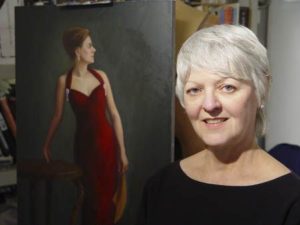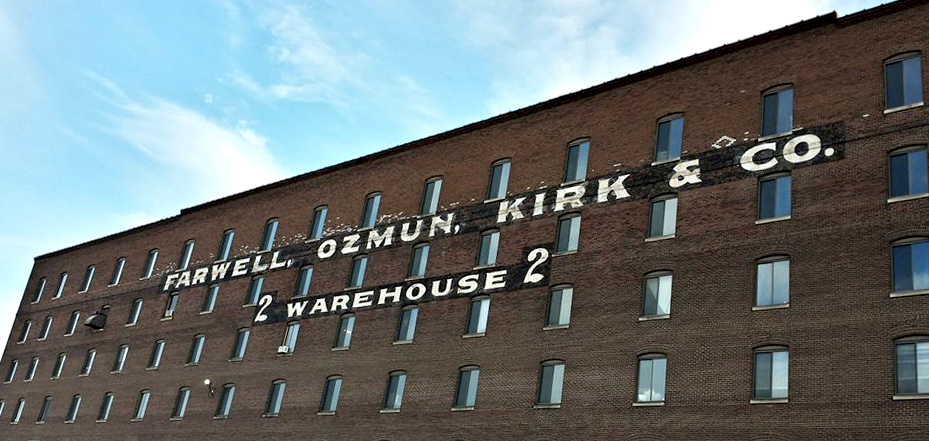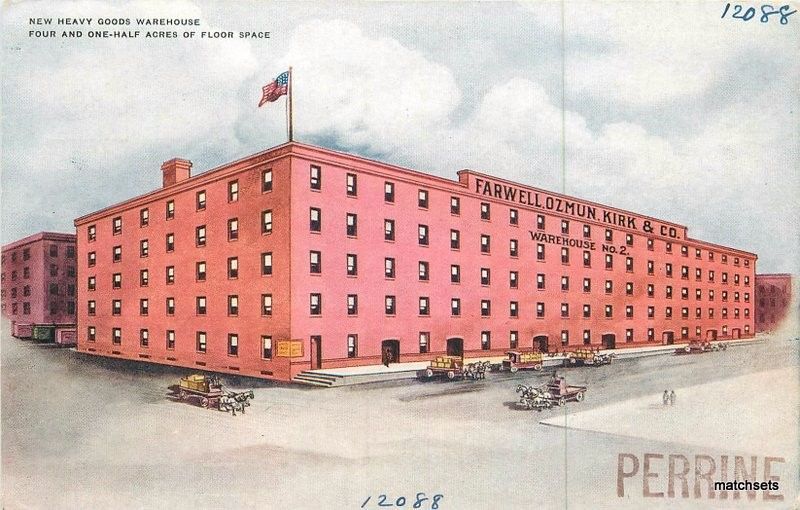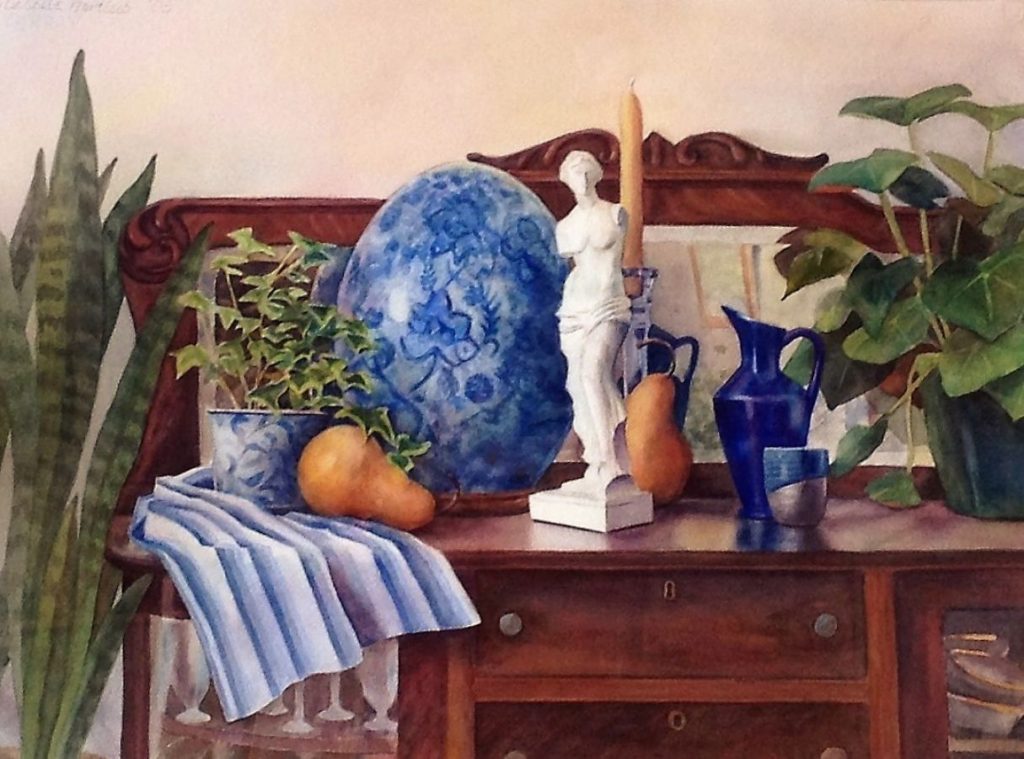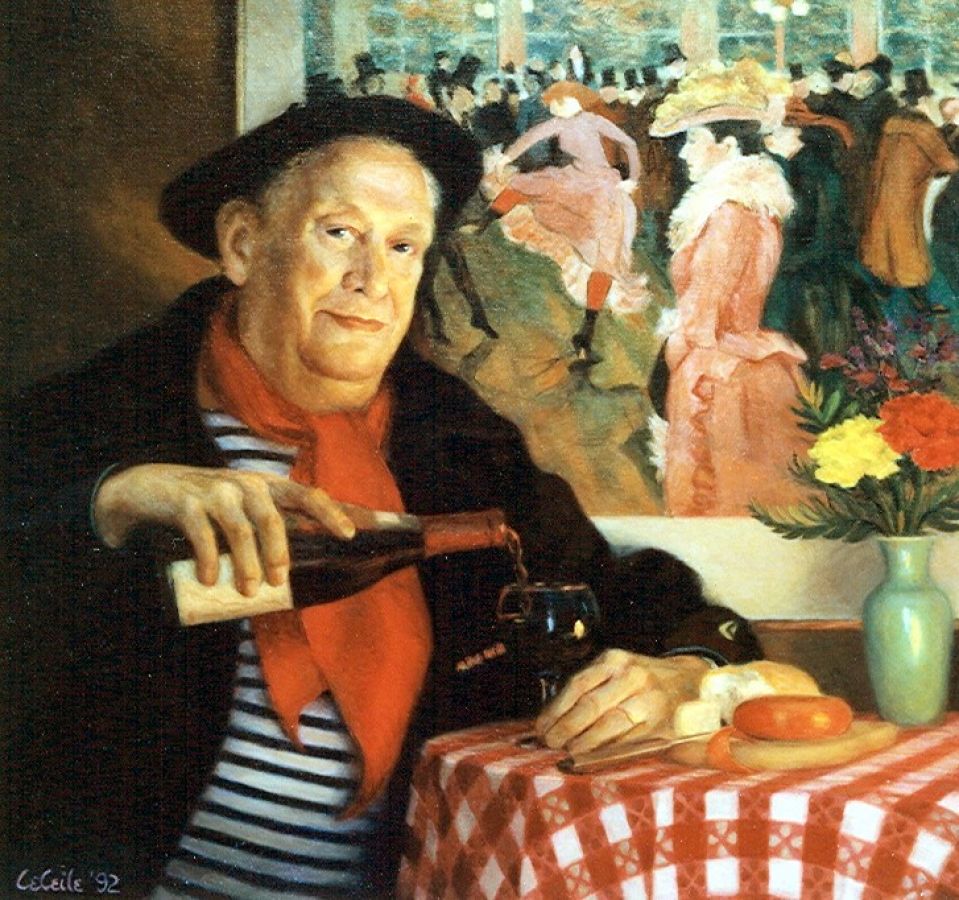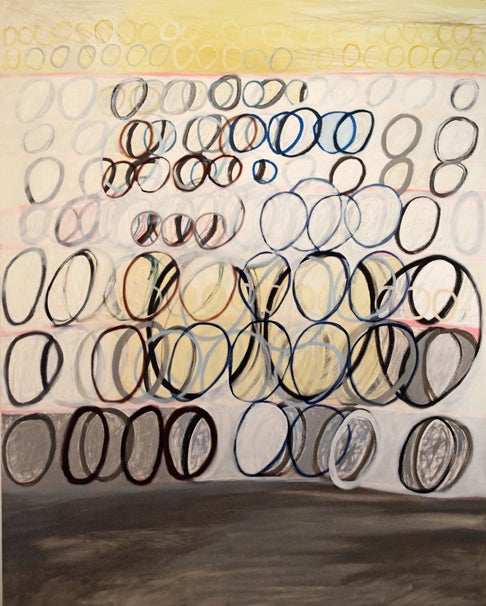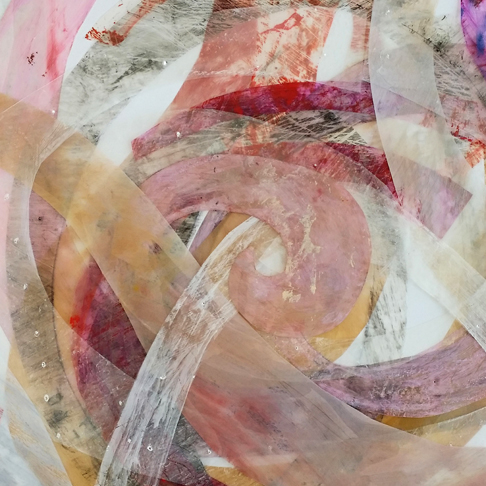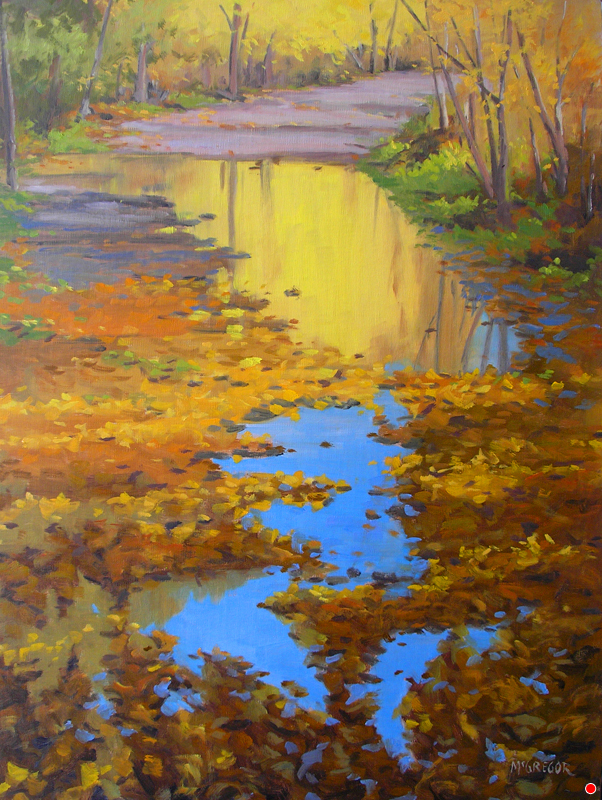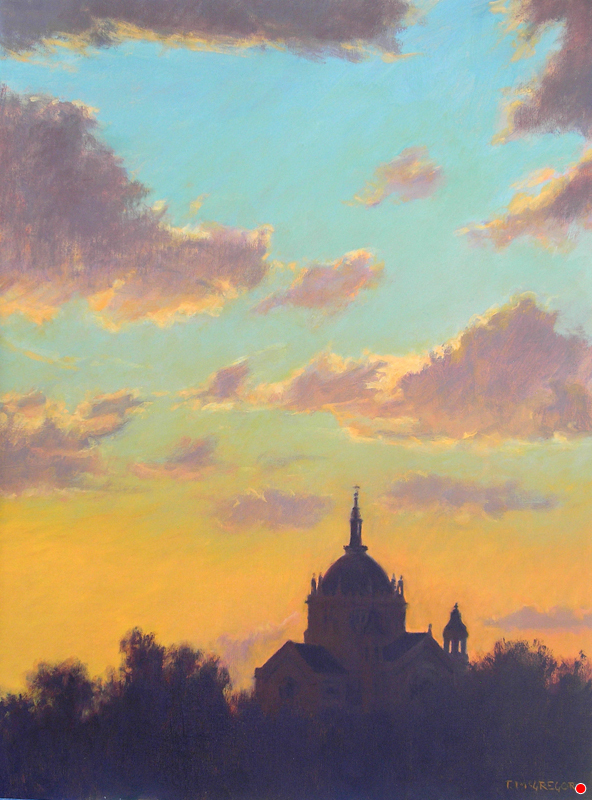Roughly 80 individual artists and members of smaller artist collectives who also used the building were forced to scramble to find affordable studio space in a downtown area where rents had skyrocketed.
Ten members of the JAX found a home in the basement of the nearby Northern Warehouse and dubbed themselves “Lowertown Underground Artists.” Others hopped the river and moved to the ACVR Warehouse, located at 106 Water St. W., on the edge of Harriet Island Regional Park. It was affordable, close to downtown and already had a few resident artists there who had relocated from the JAX years before the sale.Plein air, portrait and still life painter CeCeile Hartleib, along with her husband Terry Kayser, a pastel artist, were some of the early JAX pioneers, moving into the ACVR Warehouse in 2007 and organizing the Art Crawl at the building.
The ACVR (American Crane-Victor Reim) Warehouse is the historic Farwell, Ozmun, Kirk & Co. Warehouse No. 2, the sister to the look-alike Farwell, Ozmun, Kirk & Co. classic Renaissance-style building that today is the Tilsner Artists Cooperative at 300 Broadway St.
The ACVR Warehouse acquired its new name after being purchased in 1979 by one-time American Crane company owner Bert Sandberg and his neighbor Victor. Sandberg and family were fixtures in the Twin Cities and long-time supporters of the arts community, offering affordable workspaces to artists and craftsmen in the gigantic Water Street warehouse.
After Bert passed away in 2003, his daughter Leslie and son Nels took over management of the building. As the siblings approached retirement age, they announced to their tenants in fall of 2018—just two short years after the JAX sale—that they were entertaining offers from two new ownership groups that were looking to buy the building and use it primarily for storage. They told tenants that the new investors expressed a desire to keep artists in the building, but the details were vague.
As New Year’s Day 2019 approached, it remained unclear how the parallel histories of two 40-year-old artists’ refugees across the river from each other would turn out.
“Buhl Investors tried to reassure us—but with no specifics, we didn’t believe— we’d be allowed to stay,” said abstract painter Barbara Evan, who was then still skittish from her experience at the JAX, and two previous gentrification experiences.
The new owners told ACVR artists they would be given a 90-day notice if there was a change to the status quo. Fearful that timeframe was insufficient to successfully relocate, many began looking for new studios and holding moving sales. Ultimately, 11 moved out.
Barbara Evan and 11 others had long scheduled a moving sale for Feb. 21 but had good reason for second thoughts around the time of the event. In an email in late February from the management company, things finally began to solidify at ACVR and Buhl delivered the good news to the artists, along with a 3-year lease that included rent increases, ranging from about one-third for more recent tenants to double for some long term tenants who had previously enjoyed rent stability. Nonetheless, the studios remained affordable compared to the market-rate alternatives.
“Most of us decided to stay when we found that even though the rents would be higher, it wouldn’t be prohibitive or as high as some of the places we had looked at—some without any windows, which is not good for artists who need natural light to work,” said Hartleib.
Evan added, “We hadn’t known who we would be dealing with but when the contract came there was someone’s name buried in it so I looked him up, contacted him and found that he was very pleasant to deal with, letting us know that he would work something out and get back to us. His manager was also supportive of artists so there may have been some sympathy on both of their parts. I don’t know. There may have been other factors but we had been terrified of having to leave up to that point. We had been assuming that we would be kicked out.”
Hartleib, now able to chuckle at the memory of it, said, “It seemed from what I heard that they thought the artists were kind of cool. The whole idea of having the St. Paul Art Crawl there was kind of cool and they wanted to keep that.”
An article in the St. Paul Pioneer Press that February highlighting the plight of the artists may have helped their cause, although Evan now concludes it was likely much ado about nothing.
“It was kind of embarrassing in a way,” said Evan. “I told the reporter, Fred Melo, that I had built this thing up as a drastic thing and then his story kind of went a bit flat [because we weren’t ultimately displaced].”
Plein air painter and West Side resident Tom McGregor moved to the ACVR warehouse from the Northwestern building in Lowertown following news of an expected rent increase. Just before moving, he sent an email newsletter to his subscribers to inform them that this would be his last Art Crawl.
“I had ten times as many sales as I usually had at the Art Crawl,” McGregor said, laughing, “I felt guilty when I landed on my feet in ACVR.”
McGregor occupies a section of ACVR called “Old Town Artists,” inhabited by 15 artists. Each has a 225-square-foot bay to create, and they also share a larger community area that can accommodate 10-15 painters for different events, such as live modeling and drawing classes. Despite the optimism today, it wasn’t all one big happy ending at ACVR. In its heyday, 50 artists and craftspeople occupied space in the Warehouse. Today, just 30 remain.
“We are grateful to have decent studio space that isn’t as expensive as a lot of them,” said Evan, “Unfortunately it is practically off the grid in the minds of the general public. The last two Art Crawls both saw under 250 people.”
Hartleib agreed. “Yeah, it was pretty darn low.”
To explore their art, find Barbara Evan at BarbaraEvanArt.square.site, CeCeile Hartleib at www.CeceileHartleib.com, and Tom McGregor at www.McGregorArt.com.


